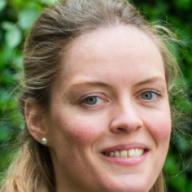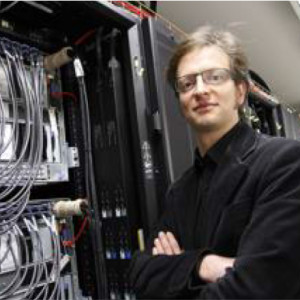 \
&
Contact us
\
&
Contact us
 \
&
Contact us
\
&
Contact us
Marie Sklodowska-Curie Fellowships are European research grants available to researchers regardless of their nationality or field of research. In addition to generous research funding scientists have the possibility to gain experience abroad and in the private sector, and to complete their training with competences or disciplines useful for their careers.
MSCA – Key Features:
There are five types of Marie Sklodowska-Curie Actions:

margot.beereboom@fwo.be
+32 2 550 15 76
Find the contact info on the site of WEWIS
The National Contact Points (NCPs) provide support, guidance, and practical information to potential applicants, helping them navigate funding opportunities and application processes.
The Programme Committee (PC) members represent their country in decision-making about the work programmes, evaluate implementation, and provide strategic input on priorities and calls.
Infosheets contain edited content on aspects related to this programme. They are reviewed at least yearly.
Related links are easy pointers towards external information. We curate the list, but are not liable for the destinations.
Documents contain additional information related to this programme, and are similar to related links.

Professor Lieven Eeckhout’s main research interests include computer architecture and the hardware/software interface with a specific emphasis on performance evaluation and modeling, and dynamic resource management.
Professor Eeckhout is the recipient of a European Research Council (ERC) Starting grant, Advanced grant and three Proof of Concept grants. Two of his former PhD students founded in 2013 CoScale, a spin-off in data center monitoring, which was acquired by New Relic.